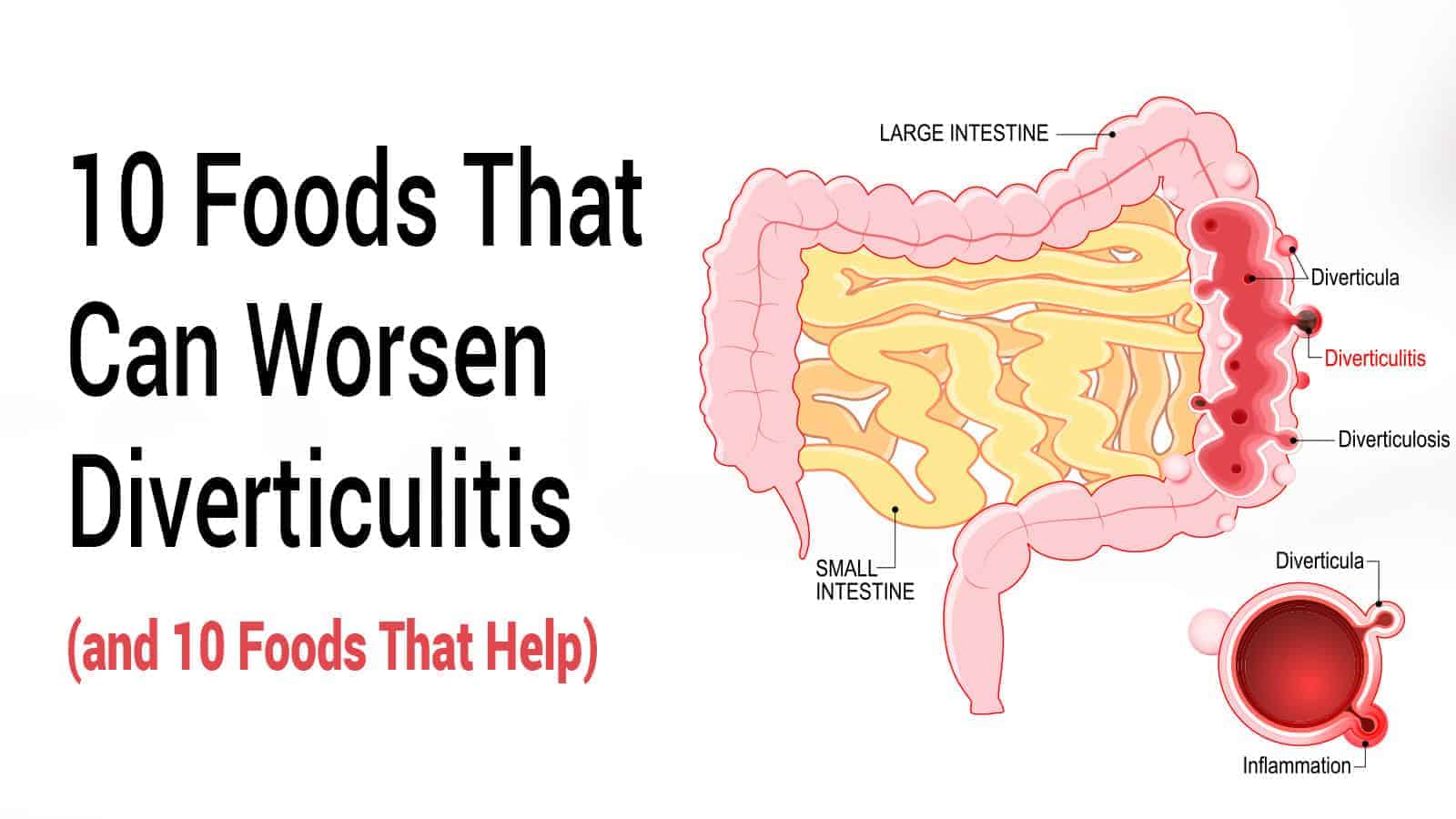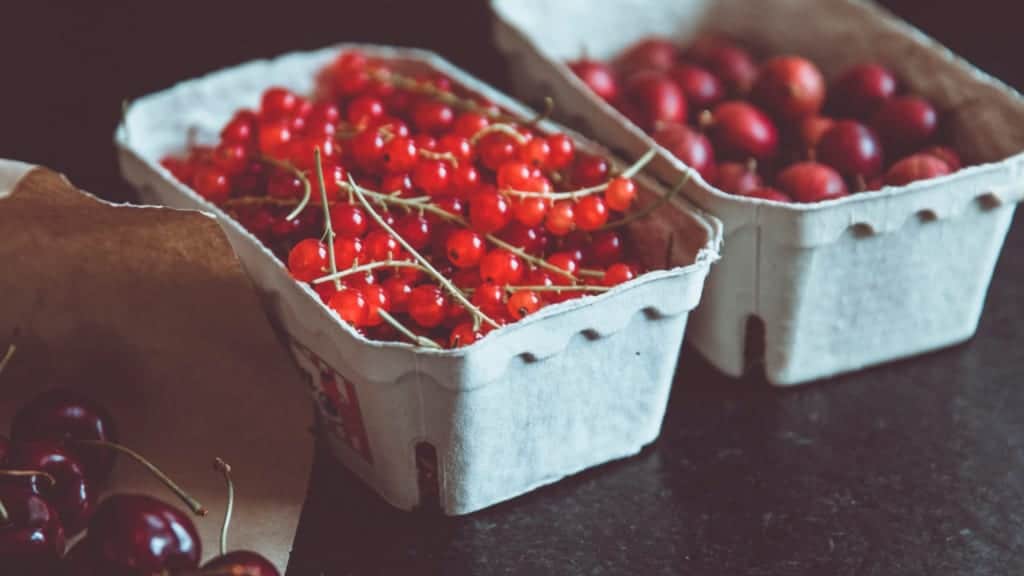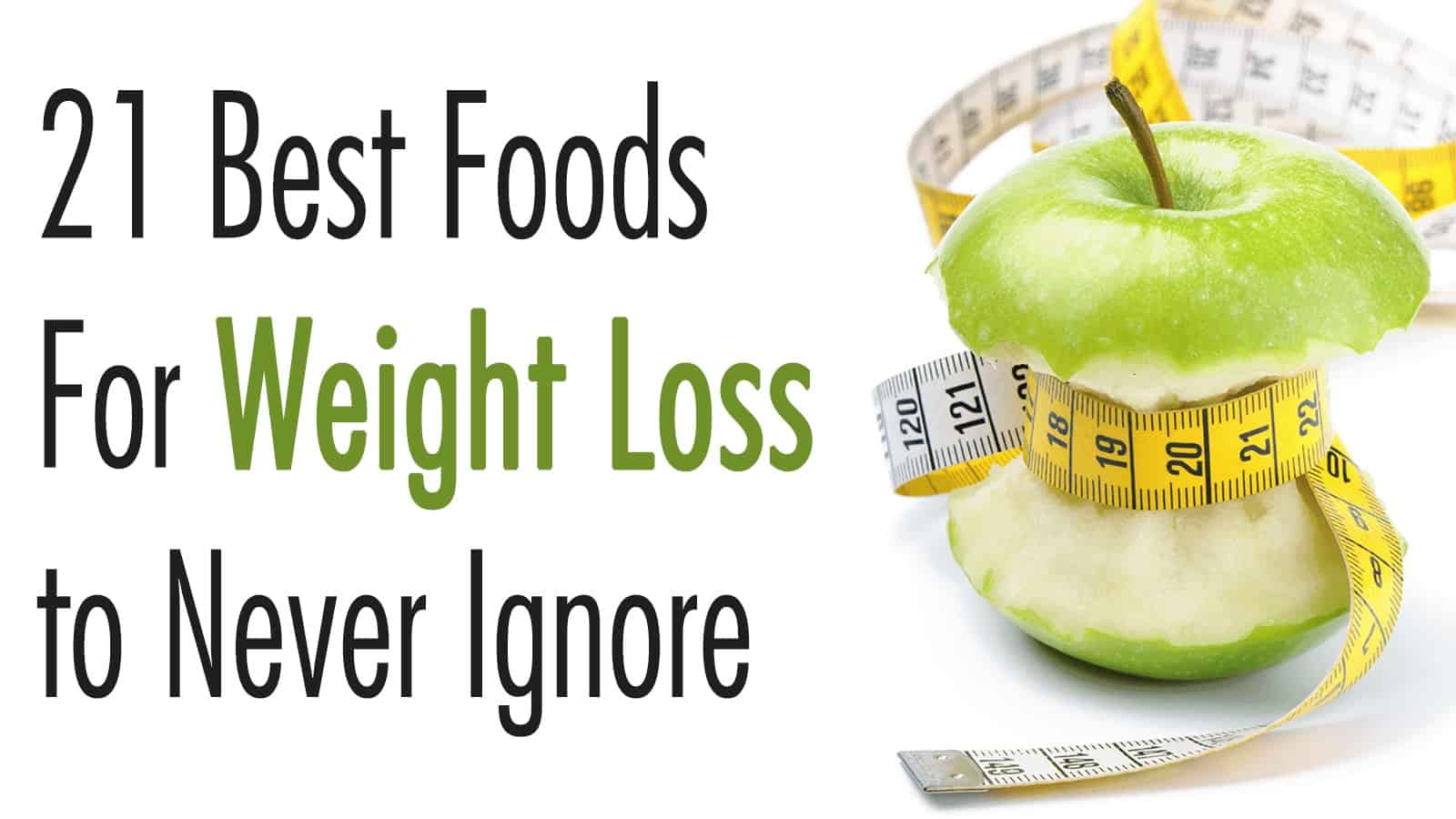Diverticulosis is a widespread digestive condition.
Researchers say it affects approximately 35% of the United States’ young adult population up to age fifty. The chances of getting diverticulosis increases as you age. Diverticulosis may turn into a severe condition called diverticulitis. Diverticulitis has painful side effects. If you suffer from diverticulitis, you know the challenge of keeping it under control. So, what ten foods make diverticulitis worse? What ten foods help you manage it?
A tale of two confusing terms
Because diverticulosis and diverticulitis sound similar, it’s easy to confuse their meanings. They are two different conditions that can show up in your large intestine, which is called your colon.
Diverticulosis
This condition takes place when the small pouches in your colon push through vulnerable spots in the wall of your colon. This condition may not need special treatment but can lead to diverticulitis. Diverticulosis may not cause symptoms for some people.
Diverticulitis
This condition is swelling or inflammation in several of the diverticula. Diverticula are little pockets that show up on the wall of your colon, like tiny air bubbles pushing outward, weakening the walls of your colon. They differ in size and may show up anywhere along your colon, but they’re more apt to show up it the lower left-hand side of your colon, which is where the S-shaped curve of your colon exists. If you have diverticulitis, you may at first have diarrhea, bloating, or constipation. As the disease progresses, you may feel nauseous and have a fever. It’s a severe condition that requires medical attention. Your treatment may include the following:
- Antibiotics to kill bacteria
- Rest to allow your body to heal
- A liquid diet to rest your colon
Your gastroenterologist will want to do some tests to confirm you have diverticulitis. These include
- Colonoscopy to check your gastro tract
- CT scan of our gastro tract
- Stool sample to look for infection
- Urine test to check for a UTI
- Blood tests to rule out cancer, kidney disease or anemia
What happens if you don’t treat diverticulitis?
Left untreated, diverticulitis leads to more significant problems. You may get a perforation that leaks infection into your colon, causing an abscess to grow in your abdominal cavity. This area is called peritonitis. Vomiting, fever, and extreme abdominal pain are symptoms of peritonitis. If you ignore this severe condition, you could eventually need surgery to remove part of your colon and clean out the infection in your abdominal cavity.
This disease is a life-threatening condition, and if left unchecked, you could die. Heredity and diet may play a part in getting diverticulitis, but doctors aren’t entirely sure.
10 Foods That Help Manage Your Diverticulitis
Research shows that people who consume a fiber-rich diet have fewer chronic illnesses. Eating a high-fiber meal reduces your chances of getting heart disease, Type 2 diabetes, and certain cancers. You’ll also be less likely to gain weight. Adult women should consume 25 grams a day, while men should consume 38 grams per day to maintain a healthy diet.
1 – Whole wheat bread
Whole wheat bread is rich in magnesium and B vitamins. They contain lots of fiber, too, which is best to manage your diverticulitis.
2 – Oatmeal
Oatmeal is another whole grain that is rich in fiber and packed with vitamins. Eating oat cereals each day boosts your fiber intake for the day.
3 – Brown rice
Brown rice is packed full of Vitamin B6, magnesium, selenium, and niacin. It’s healthier than white rice because it contains more fiber plus antioxidants.
4 – Fruits
Strawberries, blueberries, and raspberries are excellent sources of vitamin C and antioxidants. Some fruits like apples and plums cause gas, so go easy eating too many of these.
5 – Vegetables
Think of sweet potatoes, carrots, or green beans for your optimal gut health. Some veggies cause gas, so you should avoid them. Steam or oven roast your vegetables in olive oil with a dash of salt on top for flavor. Spice up your veggies with lemon juice, turmeric or ginger to add boost the flavor. They are low-salt alternatives that give vegetables a whole new flavor profile.
6 – Chicken and fish
They are great, lean sources of protein. Fish is high in Omega-3, which is vital for healthy skin, hair, and proper brain function. Grill or oven bake your chicken or fish, adding olive oil or lemon for extra flavor.
7 – Low-fat cheeses and Greek yogurt
Low-fat cheese and Greek yogurts are excellent for the gut. They are great sources of calcium and protein. Choose hard, aged cheese rather than the softer cheeses. Eat low-fat yogurt, which is high in calcium and good bacteria for a healthier gut. Top your cup of yogurt with granola or nuts for added crunchy goodness.
8 – Almonds
These nuts are rich in minerals and vitamins. They’re also high in protein, and vitamin E. Chop them up to top your yogurt or baked fish. Throw some into a salad to add a little crunch.
9 – Eggs
Eggs are high in protein, but low-fat. They contain iron, minerals, and vitamins to boost your overall health as well as your gut health. Fry eggs in coconut oil or olive oil rather than heavy vegetable oils that have trans fats.
10 – Lots of water
If you suffer from diverticulitis, it’s easy to get dehydrated. Keep a bottle of water with you. Keep a written journal of how much water you drink every day to ensure you’re getting enough. Water keeps your blood healthy, and your skin smoother plus keeps your body hydrated.
Ten foods that can trigger diverticulitis
If you suffer from diverticulitis, your doctor may tell you to change your diet. Studies show that eating a fiber-packed diet can help you manage diverticulitis flare-ups. There are no restrictions on your diet, but you may find that certain foods trigger the condition and will need to eliminate them.
1 – Fried foods
Fried foods are unhealthy for everyone, but especially for those people who suffer from diverticulitis. Typically, the oils used to cook foods aren’t good. They are high in unhealthy trans fats that put you at risk for heart disease and obesity.
2 – Dairy
Foods like ice cream, butter, and whole milk are high in fat may cause diverticulitis to flare up. You can still enjoy dairy products but look for low-fat alternatives. Or choose almond milk or coconut milk products for a healthier, plant-based choice.
3 – Cruciferous veggies
Avoid the likes of cabbage, broccoli, cauliflower, and Brussels sprouts. Although these vegetables are high in fiber, they don’t get digested completely in your small intestine.
When these partially digested foods arrive in your large intestine where it is processed, they will cause lots of gas and bloating. If you want to include these cruciferous vegetables in your diet, eat small amounts, drizzled with olive oil and roasted in the oven.
4 – Onion and garlic
These two foods are difficult for your gut to digest. They can cause lots of gas and bloating, which can make your diverticulitis worse.
5 – Spicy and hot foods
Spicy foods can trigger your diverticulitis. If you enjoy these types of foods, eat only a small amount at a time to lessen the chance of having a flare-up.
6 – Sugary food
Sugar is another common trigger food for diverticulitis. You’ll find lots of sugar in candy, baked goods, and table sugar. If you want to still eat baked goods, prepare them with honey or agave syrup or sweeten with natural fruit juice.
7 – Beans
Legumes are known to cause gas and bloating. They are high in fiber and protein. If you want to keep beans in your diet, eat small amounts at a time so your gut can digest them.
8 – Artificial sweeteners
Avoid artificial sweeteners. They cause gas and bloating for many people and, in general, aren’t a healthy choice if you suffer from diverticulitis. Instead, choose honey or agave syrup. Find ways to use spices like ginger or cinnamon, which add a natural sweetness to dishes.
9 – Dried fruits
Although dried fruits are high in fiber, they’re also high in sugar and calories. If you want to eat these, enjoy them in only small amounts.
10 – Bread and rice
White bread and white rice are low in fiber. They lose much of the nutritional value due to the over-processing during production.
 Final Thoughts on Eating to Manage Diverticulitis
Final Thoughts on Eating to Manage Diverticulitis
Although doctors aren’t sure what causes diverticulitis, there are things you can do to manage this condition. Eating a diet high in fiber is best to offset flare-ups. Eat whole-grain bread, rice, or quinoa instead of white rice or potatoes.
Choose fish and lean meats, lots of vegetables, and fruits for your diet. Eliminate sugar and artificial sweeteners. Prepare your veggies and meats with olive oil rather than cooking oils or vegetable oils that are loaded with trans fats. Grilling, baking, or broiling is the best way to prepare meats. Also, you should drink loads of water to maintain your hydration.
If any of these foods cause you a flare-up, you may want to eliminate them from your diet. Everyone reacts differently to your condition. But once you learn which foods to eat and, conversely, what not to eat, it will be much easier to control your diverticulitis and lead a normal life.




















